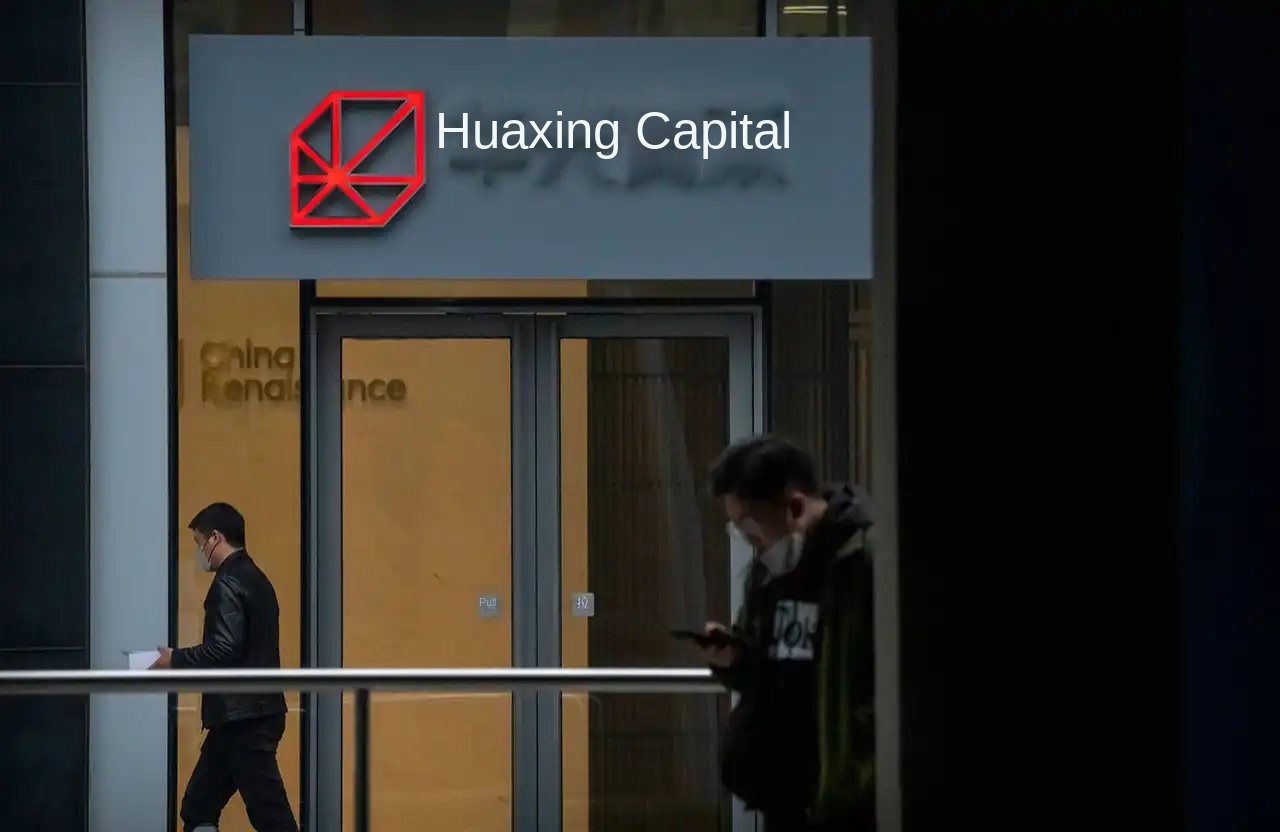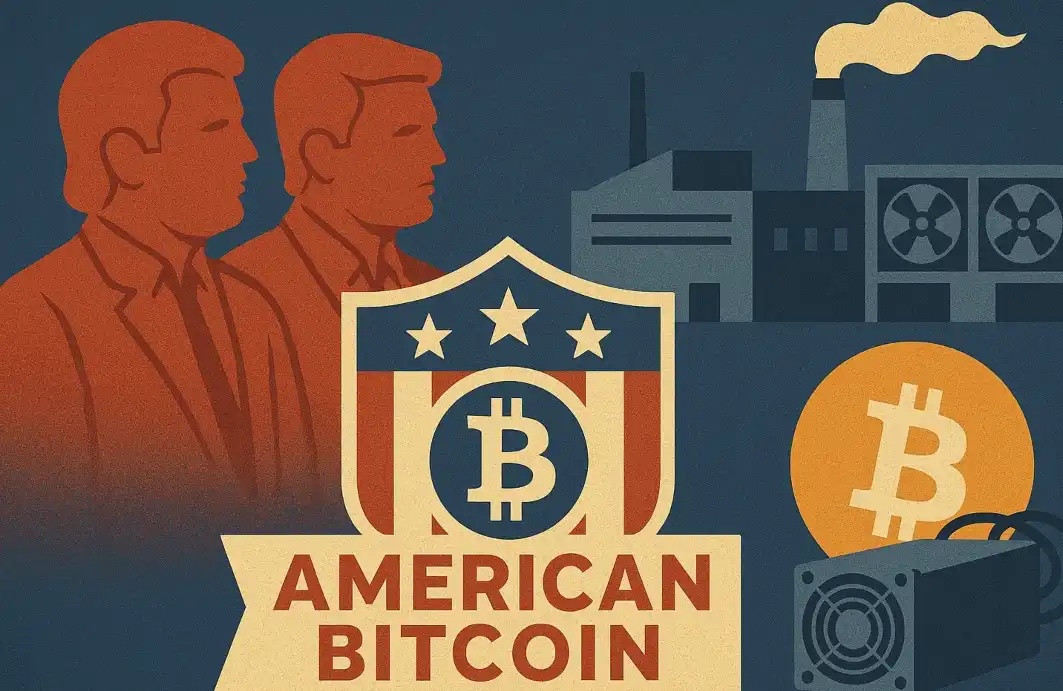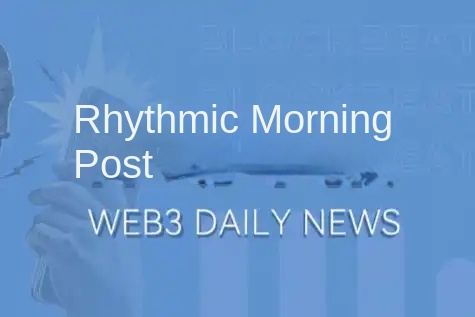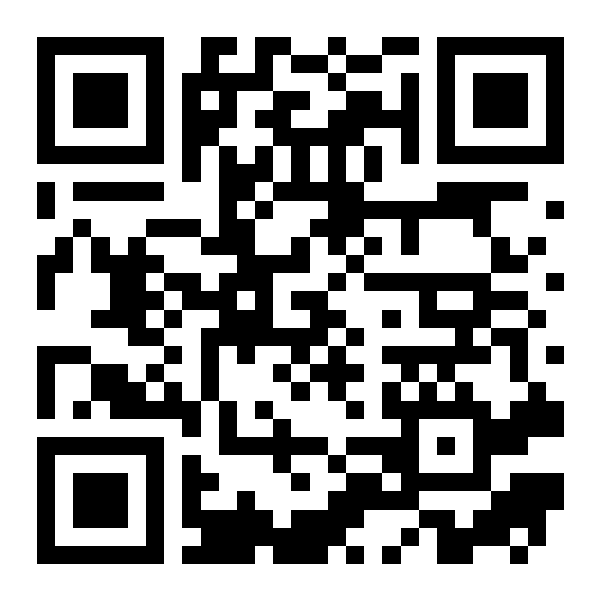$500 Million Sold Out in 12 Minutes, Is Initial Pump Offering (IPO) Just a Game for Institutions and Whales?
Original Title: "Sold Out in 12 Minutes with $500 Million, Whose Game Is Pump Presale Really?"
Original Source: Deep Tide TechFlow
The major event these days is undoubtedly the token presale of the meme launch platform Pump.fun.
After much anticipation, PUMP started its presale on July 12th, selling out a total of $500 million worth of allocation in just 12 minutes. This cannot help but make people sigh that it's not a lack of money in the market, but rather that the money in the market tends to wait and invest in big projects.
As Bitcoin hits a new high, Pump's presale seems to have landed at a delicate moment of market sentiment shift from bullish to bearish, from pessimism to optimism. More people are starting to FOMO, and there are constantly whales opening long positions on Hyperliquid.
In contrast, another group of people missed out on obtaining PUMP through CEX.
According to Pump.fun's official website data, several CEXs that had previously announced collaboration for presale with them all show a 0% share in the successful presale channels for PUMP. On the other hand, a few exchanges like Kraken, Kucoin, and Gate, which have data, only account for around 10% of the total PUMP presale through their allocations.

If you also tried to participate in the PUMP presale through CEX, there is a high probability that you also missed out.
However, before you feel upset, there is more data here that may balance your emotions and lead to a clearer conclusion --- PUMP Presale may be a celebration for a few.
Kraken, a Celebration of Two
In the pre-arrangement, Pump.fun's presale partnered with 6 CEXs; regardless of the specific process and reasons, three of them show 0 presale data, which shifts the focus to the other three CEXs that obtained allocations.

Kraken is the CEX with the highest allocation obtained, generating a total of $30 million in presale allocation.
You might think that many users received PUMP through Kraken, but the reality may be that --- only 2 people received an allocation.
According to Twitter user @splinter0n, monitoring the interface data of the presale, Kraken had a "Number of Participants" value of 2 during the presale process, indicating that only 2 people participated in the initial sale (with 2 unique addresses), collectively receiving a $30 million allocation.

(Image Source: @splinter0n)
In the comments section of the post, there was widespread discussion about the identities of these two individuals. However, overall, social media tends to believe that this was a strategic move by powerful whales, as ordinary retail investors could not access such a large allocation and would not be able to participate when centralized exchanges collectively faced issues.
Furthermore, the blogger also presented more data, showing that only 15 people participated through Gate, with a total allocation of $5 million; Kucoin had 120 participants, receiving a total allocation of nearly $16.5 million.

This means that the combined number of participants across these three exchanges able to access the PUMP allocation is less than 140 people. Considering the possibility of one person holding multiple addresses, this data is likely even lower.
It is noteworthy that in the other data monitored by the blogger, the total number of participants and total amount involved in the presale almost match the data presented by Pump.fun officials.
As for the number of people participating in PUMP presales through several centralized exchanges, although the official figures do not specify, we have reason to believe this is close to the actual situation.
Regardless, engaging in PUMP through centralized exchanges is a privilege of a few, leaving most people feeling left out.
Most People Only Invested $500
If users attempting to participate in the presale through CEX were unable to do so due to process failures, did retail investors who went directly to the official website strike it rich?
Let's let the data speak for itself.
Blockworks, a well-known overseas media and data analysis platform, recently launched a data panel that provides a clear view of various data points from this PUMP presale.

Firstly, a total of 10,000 unique addresses participated in the purchase, with the most dense purchase amounts concentrated in the $100-$1000 range, and the median purchase amount around $540.
Please note that this is the median, not the mean. The statistical calculation has already excluded the scenario where the average is skewed upwards due to large purchases by a few super whales.
In other words, most addresses participated with around 500 USD; however, on your Twitter timeline, you might come across a plethora of posts lamenting missed purchases or FOMO, making it seem like the regret is equivalent to missing out on purchases worth hundreds of thousands of dollars.
There is often a significant gap between actual data and social media sentiment. Emotions can be magnified, but the money in your wallet is limited.
When examining large holders, there are 202 wallets with purchases over 1 million USD and 138 wallets with purchases over 500,000 USD.
Furthermore, some other interesting data is also worth noting.
Among all wallets that participated in the presale, new wallet addresses created in less than 24 hours account for nearly 45% of the total.
If there was a purchase limit per wallet in the presale, whales and institutions could create new wallets in bulk to circumvent the restriction and maximize their purchase amount.

By contrast, wallets participating in the presale for over a year amount to less than 5%. This also supports a viewpoint discussed in the community --- that presales are more favorable to whales, and long-time enthusiasts may end up becoming "liquidity exits."
Finally, if you examine the source of funds directly participating in the presale on Pump's website, you will find that apart from self-created unique addresses, the majority of off-chain funds actually originated from Binance, surpassing the total number of withdrawal addresses from all other CEXes.

On-chain, DeFi projects in the Solana ecosystem like Raydium, SolFi, and Jupiter have contributed a significant amount of the funding source. When combined, among the 10,000+ addresses participating, the proportion of funds originating from self-created unique addresses and DEXs has exceeded 60%, with CEXes accounting for less than 30%.
This once again highlights the importance of channels.
For most crypto projects, the shorter the participation path, the better; people tend to prefer convenience. If funds are withdrawn from a CEX to a personal address before participating in the presale, the willingness to participate will inevitably decrease.
So now we see that various CEXs are directly integrating on-chain IDO and building their own on-chain wallets into their mobile apps, which is only natural.
Edgewalker
Looking at the aggregated presale data of these PUMP events, it becomes apparent that the seemingly open decentralized presale exhibits a tendency toward centralization at the data level.
The low-cost creation of new wallets, the long and short game before the listing on Hyperliquid, and issues with CEX final participation channels... all of these factors make the PUMP presale appear more like an elite game and arrangement rather than an opportunity driven by the community.
At the same time, this is not the first time we have seen on social media the amplification of FOMO and criticism surrounding a particular token. Retail investors are always chasing the phantom of the "next 100x coin," only to realize in the face of data that they are merely peripheral participants.
And as we continue to observe in "solitude," the market will increasingly rely on the capital flow of a few.
Standing at this time of Bitcoin's new highs, the edgewalkers still feel the chill at the summit.
Welcome to join the official BlockBeats community:
Telegram Subscription Group: https://t.me/theblockbeats
Telegram Discussion Group: https://t.me/BlockBeats_App
Official Twitter Account: https://twitter.com/BlockBeatsAsia
 Forum
Forum

 Finance
Finance
 Specials
Specials
 On-chain Eco
On-chain Eco
 Entry
Entry
 Podcasts
Podcasts
 Activities
Activities
 OPRR
OPRR









